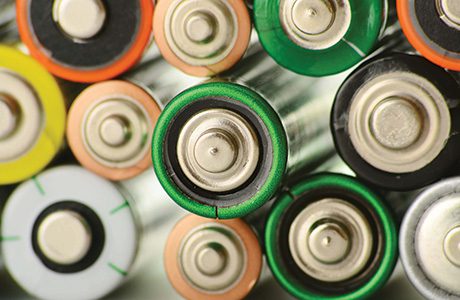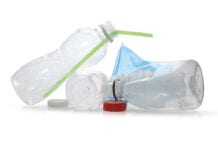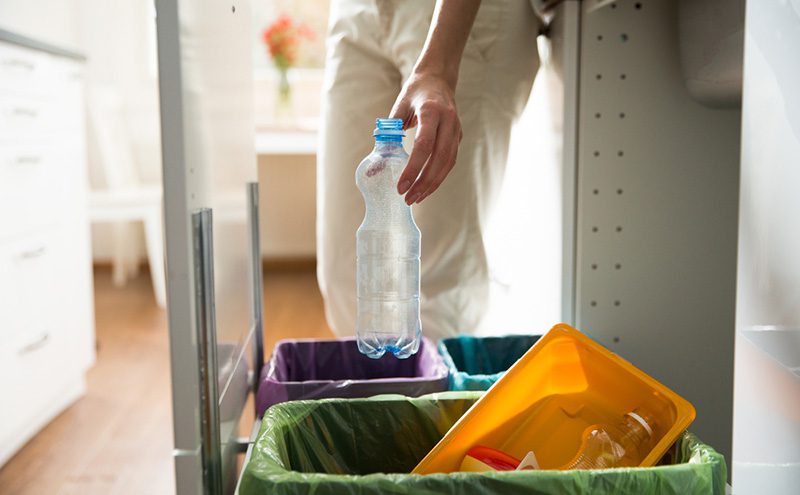
Speaking at a recent APSRG event held at the House of Commons, looking at the effects of the recast WEEE Directive, Dr Philip Morton gave a positive account of the progress made in the first year under the new WEEE regulations.
THE new WEEE regulations were designed to create a fairer, more transparent arena for recycling WEEE. As a result of some key changes introduced by BIS, there is now a much clearer audit trial for WEEE. Being able to efficiently audit has meant that it has been easier to influence the quality of WEEE treatment, while the elimination of evidence trading has allowed for a large price correction in the market.
The price correction was estimated at £18 million by MP Matthew Hancock, Minister for Business, Enterprise and Energy at BIS. Correcting the price has helped to ensure that the costs producers now pay are more reflective of the true cost of WEEE recovery and recycling, a key goal set out by BIS. In short, the first year has generally been accepted as being positive.
Working under the 2006 regulations, all stakeholders were operating within a system where the origin and treatment of WEEE was neither clear nor auditable. This created an environment where WEEE evidence notes were excessively traded at prices that were often not reflective of the true costs that producers should pay. Over time this caused the market place to become distorted.
Aims of the new regulations
The new UK regulations sought to rebalance the system, and under the Red Tape Challenge and subsequent new WEEE Regulations, the government identified and introduced three significant changes to help do so. The first one was the move to a known tonnage target for WEEE collections, away from the previous closed system, where 100% of all WEEE evidence had to be owned by producer schemes in exactly the right proportion according to their relative market shares. The key change here is the removal of the 100% ‘must-buy’ system where evidence was being traded at prices that were unregulated or uncapped.
The new regulations also protect local authorities, distributors and other collectors of WEEE from facing treatment costs. Collectors of WEEE can choose to ‘self-treat’, as long as it is properly treated and reported in the UK system, if for example they can make money by doing so. If WEEE collectors don’t want to ‘self-treat’, or if there are costs involved, they can (if not partnered with a Producer Compliance Scheme, or PCS) instead ask any PCS to collect WEEE free of charge (if a local authority Designated Collection Facility, or DCF) or deliver WEEE free of charge into the system (if a distributor). This means WEEE collectors can make money but need never face a cost, and all WEEE made available will be dealt with, regardless of set targets.
Clear audit trail emerges
Properly auditing WEEE was almost impossible in the past, however the second significant change to the regulations removed the requirement or facility for producer schemes to trade evidence between each other. Instead, evidence is now issued from the treatment facility directly to the PCS that is financing the treatment. This means that, for the first time, there is a clear audit trail with better influence over quality and elimination of superfluous trading.
Combine these with the third change, the introduction of a legitimate alternative method of compliance in the form of a compliance fee, set annually by the Secretary of State, and the changes are complete. According to BIS, the fee was introduced to minimise the likelihood that PCSs would intentionally over-collect WEEE beyond their target, to ultimately sell on at a higher cost at a later date.
It is clear that all three changes have helped to start rebalancing the system.
Since adopting the new WEEE regulations, all PCSs have benefited from improved influence over the quality of treatment. Each PCS now knows who their suppliers and treatment partners are, improving visibility of the WEEE treatment route for everyone involved. Costs too are more reflective of the actual costs producers expect to pay. This, together with the fact that the UK has collected more WEEE in 2014 than in previous years and exceeded the national state target, is living proof that these changes are a step in the right direction.
Refreshingly, all the speakers at the APSRG event echoed the exact same sentiment, that while positive changes have been seen, there are still more opportunities to develop the regulations as we move forward into another compliance year. Some stakeholders raised the issue of an increased administration burden on treatment partners linked to the reporting systems and were all pleased to hear that solutions are currently being worked upon to modify the systems. While for others, the issue was to look at how to alleviate the compression of activity seen at the year end – evidence trading deadline 31st January.
However, all agreed that 2014 has been a successful first year under the new regulations, and while not 100% perfect, there are plenty of encouraging signs that continued collaboration, open discussions and transparency has been the way to ensure a better system for everyone involved in WEEE recycling.






